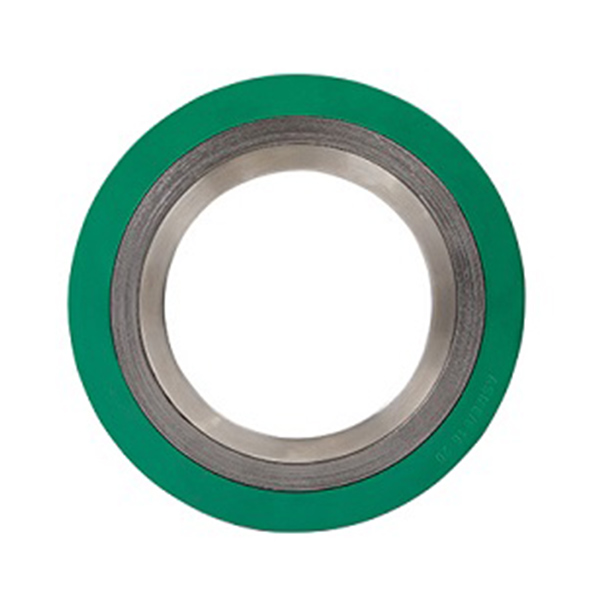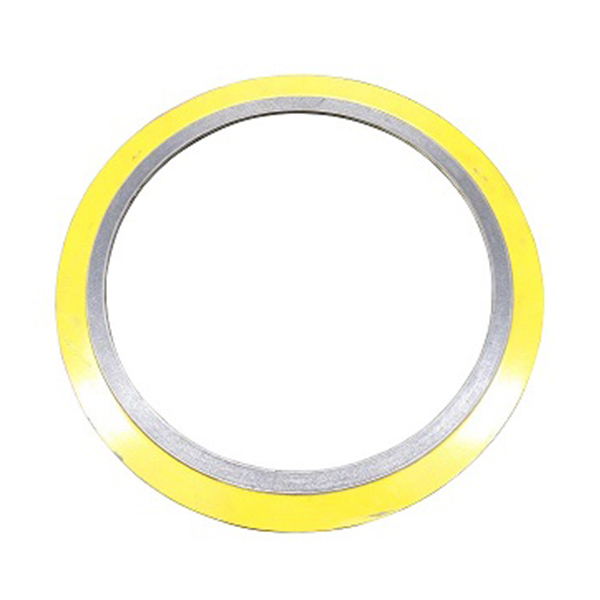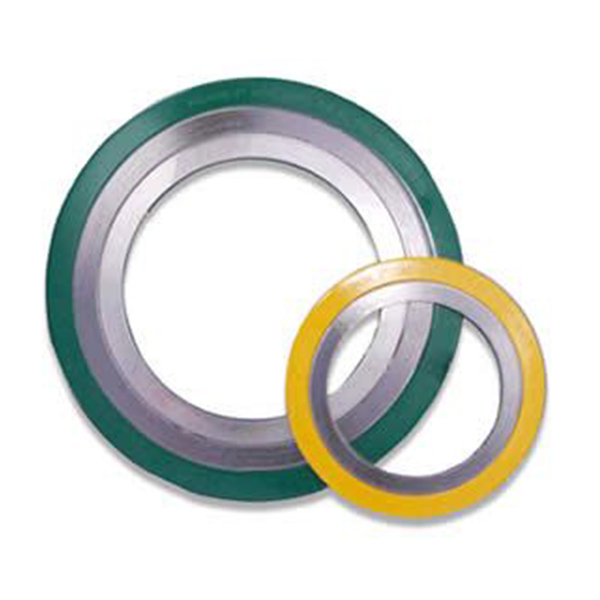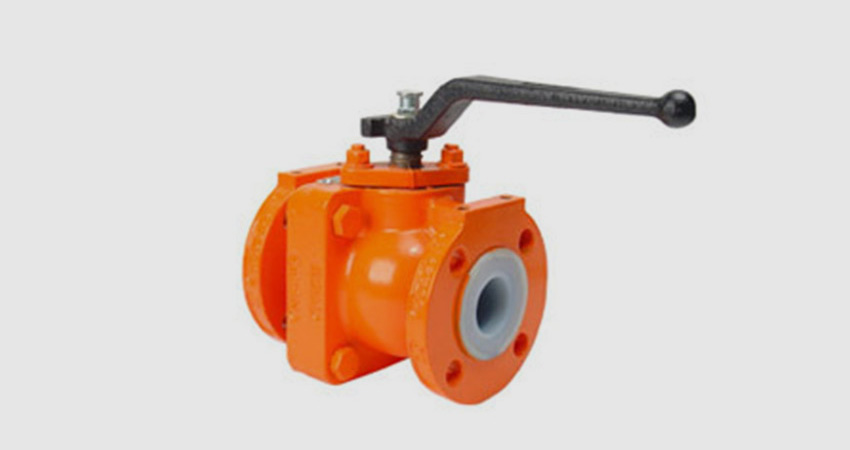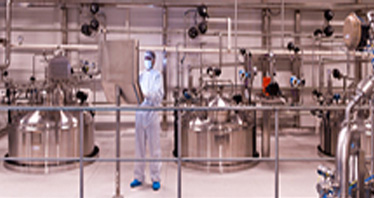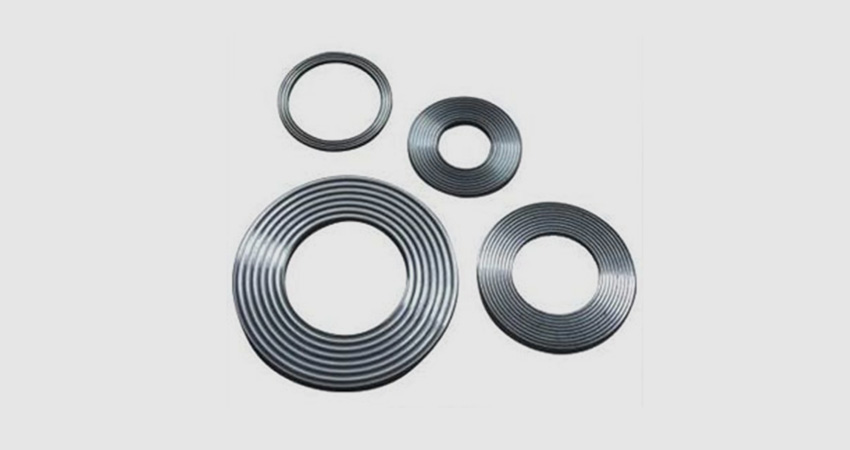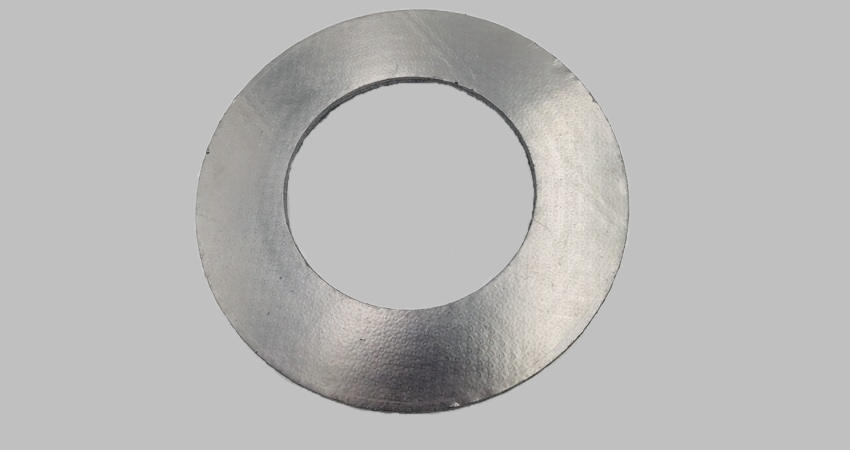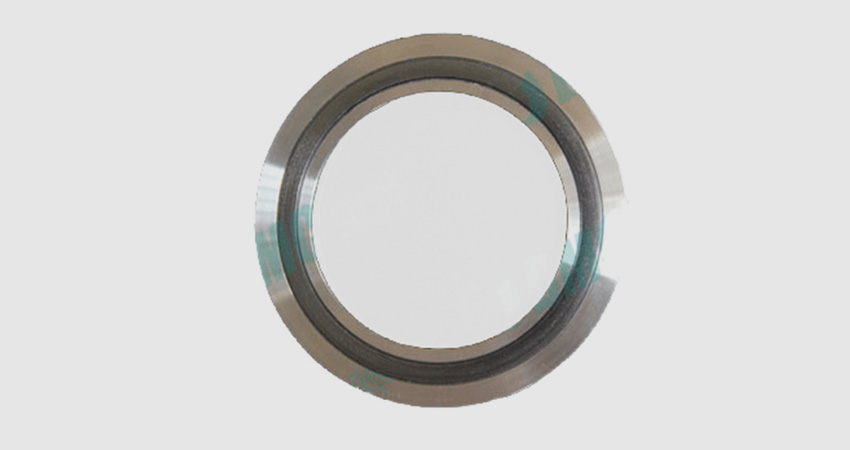PTFE Film
What is PTFE Film?
PTFE Film, or Polytetrafluoroethylene Film, is a high-performance material known for its exceptional chemical resistance, thermal stability, and low friction properties. It is widely used in industries such as aerospace, electronics, medical devices, and filtration due to its ability to withstand extreme conditions. This film is manufactured from pure PTFE resin through processes like skiving or casting, resulting in a versatile product that meets rigorous industrial standards. Its non-stick surface and dielectric strength make it ideal for applications requiring reliability and durability.
Key Parameters of PTFE Film
Understanding the technical specifications of PTFE Film is crucial for selecting the right product for your needs. Below is a detailed list of common parameters, followed by a comparative table for clarity.
List of Key Parameters:
- Thickness: Ranges from 0.01mm to 3.0mm, customizable based on application requirements.
- Width: Available in standard widths from 10mm to 1500mm, with options for slitting to specific dimensions.
- Tensile Strength: Typically between 20 MPa and 40 MPa, ensuring high mechanical durability.
- Elongation at Break: Varies from 100% to 400%, providing flexibility and resistance to tearing.
- Operating Temperature: Can withstand temperatures from -200°C to +260°C, suitable for extreme environments.
- Dielectric Strength: Ranges from 5 kV/mm to 10 kV/mm, excellent for electrical insulation applications.
- Chemical Resistance: Resistant to almost all chemicals, including acids, bases, and solvents.
- Surface Properties: Non-stick, low friction coefficient (approximately 0.05-0.10), and hydrophobic.
Comparative Table of PTFE Film Types
| Type | Thickness Range (mm) | Max Temperature (°C) | Tensile Strength (MPa) | Common Applications |
|---|---|---|---|---|
| Skived PTFE Film | 0.01 - 3.0 | 260 | 20 - 40 | Gaskets, seals, electrical insulation |
| Cast PTFE Film | 0.05 - 1.5 | 260 | 15 - 30 | Release liners, membrane filters |
| Porous PTFE Film | 0.1 - 2.0 | 260 | 10 - 25 | Medical implants, filtration media |
| Reinforced PTFE Film | 0.1 - 2.5 | 260 | 30 - 50 | High-strength composites, aerospace components |
Applications of PTFE Film
PTFE Film is utilized across various sectors due to its unique properties. In the electronics industry, it serves as an insulating material for cables and circuit boards. In medical fields, it is used for surgical meshes and implantable devices because of its biocompatibility. The aerospace industry relies on it for seals and coatings that endure high temperatures and corrosive environments. Additionally, it is common in filtration systems for air and liquids, thanks to its porous variants that allow precise separation of particles.
Frequently Asked Questions (FAQ) About PTFE Film
What is PTFE Film made from?
PTFE Film is produced from polytetrafluoroethylene resin, which is a synthetic fluoropolymer. The resin is processed through methods like skiving (shaving from a solid block) or casting (spreading a dispersion and sintering) to create thin, uniform films with consistent properties.
How does PTFE Film perform under high temperatures?
PTFE Film excels in high-temperature environments, maintaining stability and performance from -200°C to +260°C. It does not melt but may begin to degrade above 260°C, making it suitable for applications involving heat exposure without loss of integrity.
Is PTFE Film resistant to chemicals?
Yes, PTFE Film is highly resistant to a wide range of chemicals, including strong acids, alkalis, and organic solvents. This resistance stems from the strong carbon-fluorine bonds in its structure, which prevent attack from corrosive substances.
Can PTFE Film be used for electrical insulation?
Absolutely. PTFE Film has excellent dielectric properties, with a high dielectric strength (5-10 kV/mm) and low dissipation factor. It is widely used in capacitors, transformers, and wiring insulation where reliability is critical.
What are the differences between skived and cast PTFE Film?
Skived PTFE Film is made by shaving layers from a compressed billet, resulting in a denser, stronger film ideal for mechanical applications. Cast PTFE Film is produced from a dispersion that is spread and sintered, offering better uniformity and flexibility for uses like release liners.
How should PTFE Film be stored and handled?
Store PTFE Film in a cool, dry place away from direct sunlight and chemicals. Handle with clean gloves to avoid contamination, as oils and dirt can affect its performance. It is generally stable but should be protected from physical damage during transportation.
Is PTFE Film FDA approved for medical use?
Yes, many grades of PTFE Film are compliant with FDA regulations and USP Class VI standards for medical applications. This makes it safe for use in surgical procedures, implants, and medical devices where biocompatibility is essential.
Can PTFE Film be recycled or disposed of safely?
PTFE Film is not easily recyclable due to its chemical stability, but it can be incinerated at high temperatures without producing harmful fumes. Always follow local regulations for disposal, and consider reuse in non-critical applications to minimize waste.
- View as

PTFE Micropore Membrance



